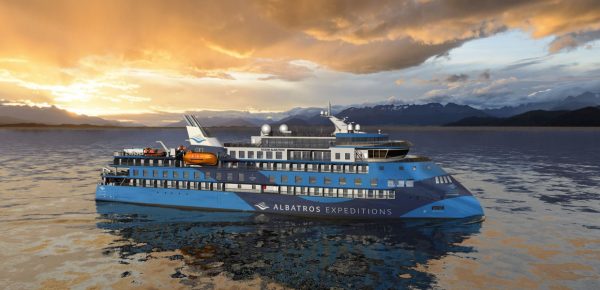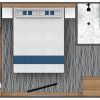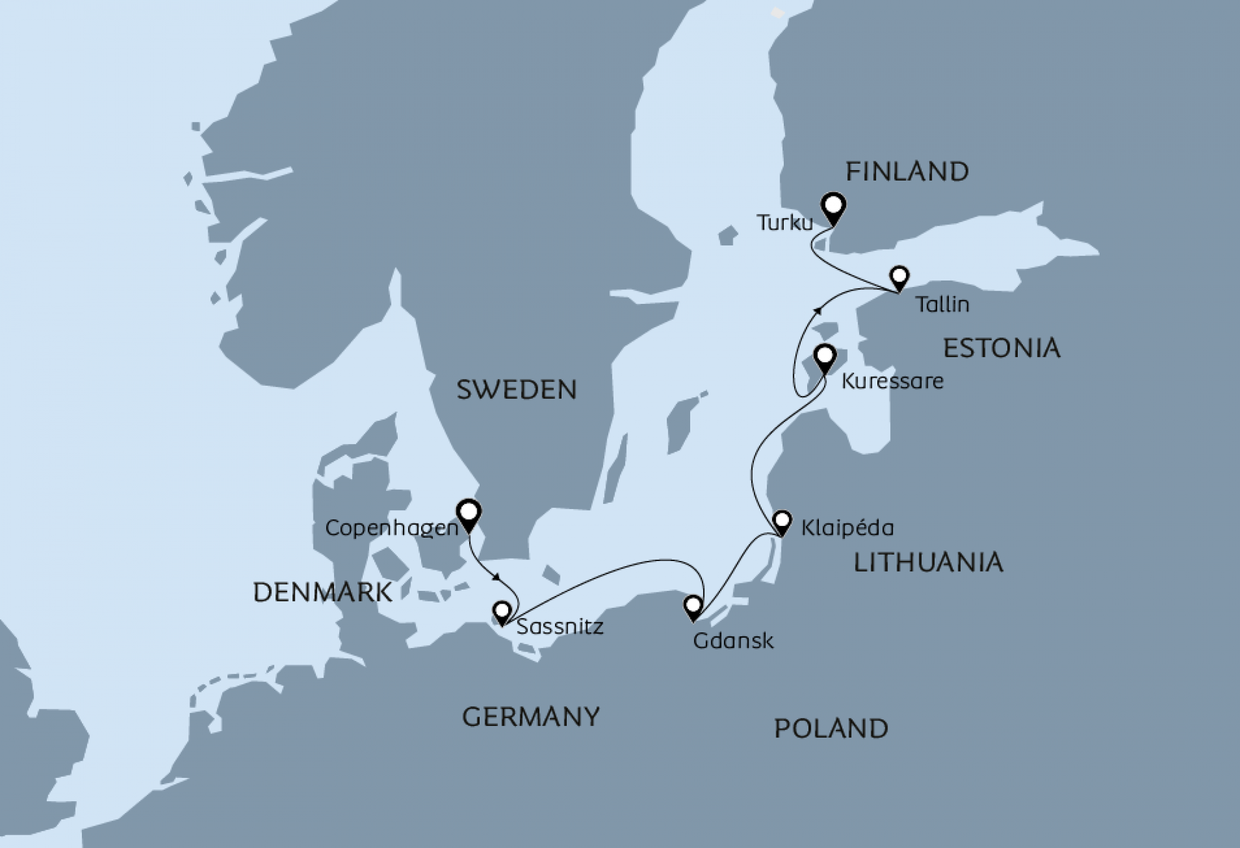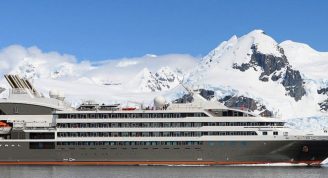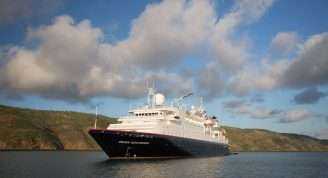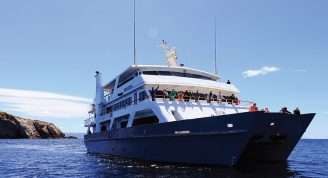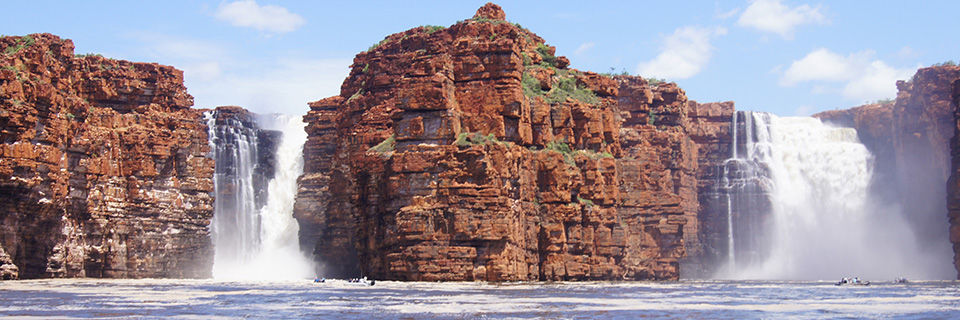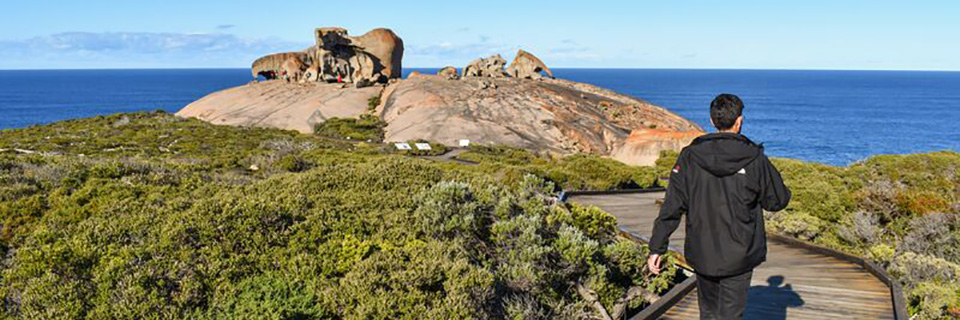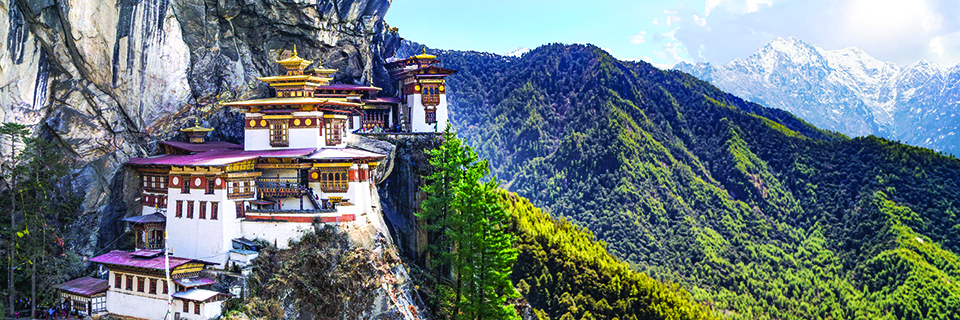Description
After the fall of Jerusalem in 1187, Christian states and their crusading knights pointed their weapons at the pagan tribes along the Baltic Sea. This rarely told story of the Danish medieval kings and the expansion of the German order of knights forms the framework for this cruise.
Historical cruise from Copenhagen to Turku in Finland – with a visit to ancient kingdoms of the Baltic.
The Baltic Sea has always played a central role in the history of Northern Europe. It acted as a parallel to the Mediterranean for the surrounding states, and for a short number of years Denmark – due to her maritime sovereignty – expanded into an empire that stretched around the Baltic Sea all the way to Estonia. But the Danish king soon lost all in fierce competition with Teutonic knights, Swedish rulers, and powerful members of the Hanseatic League’s extensive community. On our route east, we visit a couple of the medieval trade association’s strongest members, Gdansk and Klaipéda, then called Danzig and Memel. We reach the island of Øsel, now Saarema, Denmark’s easternmost possession. Our voyage ends in Finland in the beautiful town of Turku, after which we fly back to Copenhagen from Helsinki.
Our brand-new expedition vessel Ocean Albatros will be our home for this unique cruise. Like her sister ship Ocean Victory, she is a revolutionary and stylish small ship that combines exquisite comfort with modern technology as well as unique stability in rough seas to a degree only seen on the largest cruise ships. Ocean Albatros can accommodate 188 passengers, and the elaborate design, together with a fantastic service from the staff, provides an intimate atmosphere on board. It is easy to find your way around both the common areas inside and the view areas at the top of the ship, and you avoid large crowds and queues. The total of 93 comfortable and spacious guest rooms all have unobstructed views of the sea and the coasts we pass. Most rooms have a private balcony.
The cruise takes place in the late spring, when the weather, not least in the eastern part of the Baltic, is often stable and warm.


